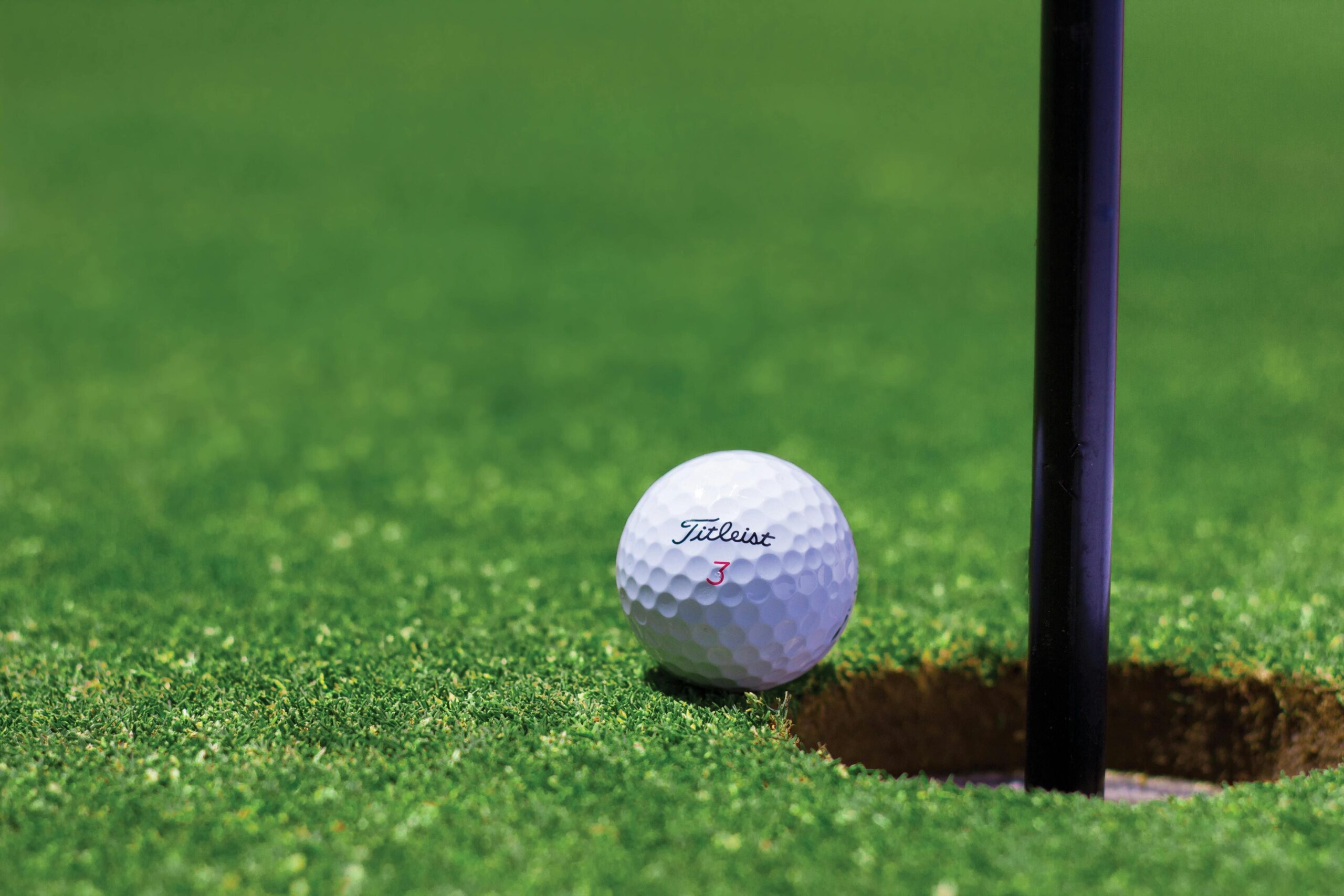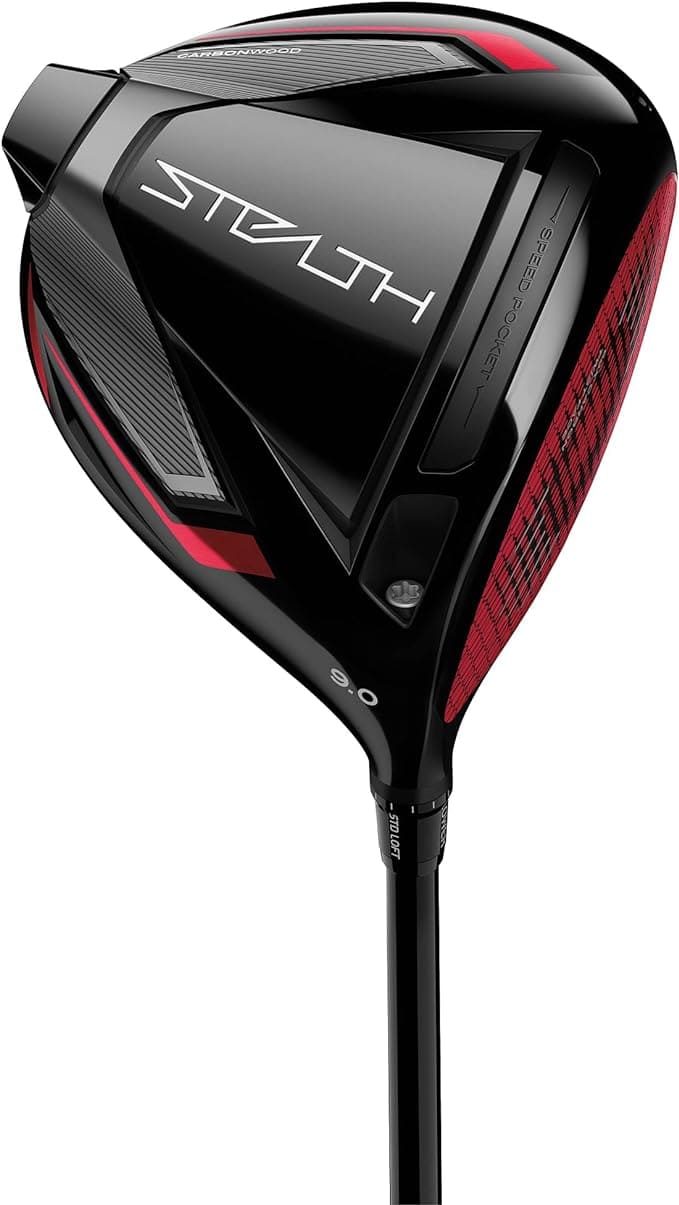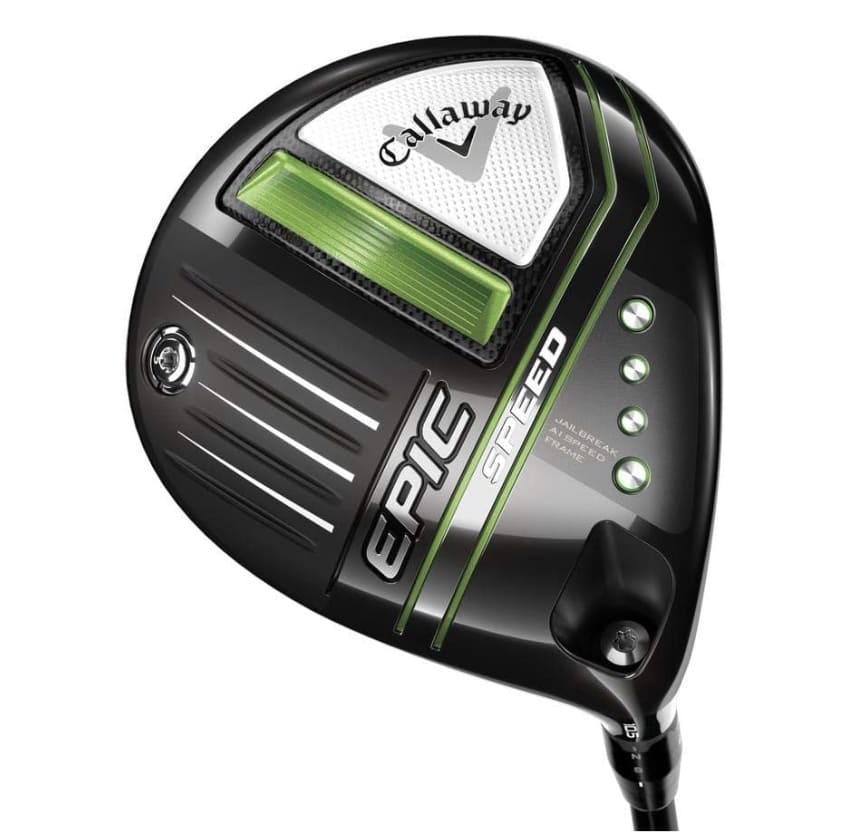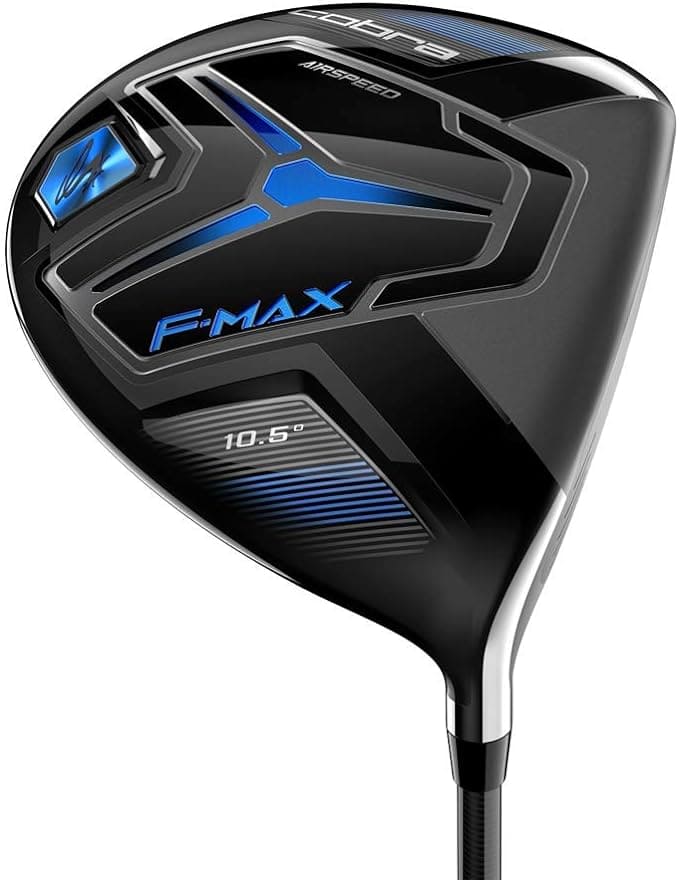
Introduction:
In the realm of golf, the quest for more driving distance is a universal pursuit, captivating amateur golfers and PGA Tour players alike. It’s a journey that combines the nuances of technique, the science of equipment, and the rigor of physical conditioning. This introduction sets the stage for a deep dive into unlocking the secrets to extending your driver distance, offering a comprehensive approach that transcends mere brute force.
The allure of sending the golf ball soaring farther with each drive compels players to seek increased distance—a quest that touches upon every facet of the game. From the swing mechanics that underpin a powerful launch angle, to the ball speed that dictates how far it flies, every element plays a crucial role. Clubhead speed emerges as a critical metric, with swing speed acting as its driving force, propelling the golf ball with precision and power.
Yet, achieving that coveted maximum distance involves more than mastering swing mechanics; it requires a holistic approach. Physical conditioning, focusing on strength and flexibility, becomes just as vital, enabling golfers to optimize their forward swing and maintain ball control. Furthermore, the equipment—especially the choice of driver—can significantly impact driving distance, underscoring the importance of selecting a club that complements one’s swing speed and ball flight path.
As we explore technique adjustments, emphasize the role of physical conditioning, and discuss the critical equipment check, the journey to gain more distance with the driver unfolds. It’s a pathway marked by diligence, innovation, and an unwavering commitment to improvement, offering amateur golfers and seasoned professionals alike the strategies to push their driving distance to new heights.
In summary, unlocking the secret to maximizing driver distance is an endeavor that encompasses a broad spectrum of strategies. From technical adjustments that refine swing mechanics, to exercises that enhance swing speed, and the selection of a driver that maximizes ball speed and launch angle, every aspect is geared towards achieving more distance. This holistic approach not only promises to extend the reach of your drives but also to elevate your golf game, making each round a testament to the power of precision, strength, and strategic equipment choice.
Technique Adjustments:
In the pursuit of longer drives on the course, certain technical adjustments in the swing can make all the difference for amateur and recreational golfers. By focusing on key elements that influence clubhead speed, ball flight, and distance, golfers can unlock the potential for significantly increased distance. Here are essential adjustments and considerations that can lead to maximizing your driving distance:
Optimize Your Grip and Stance: A proper grip is fundamental to generating more power in your swing. It should be firm but not tight, allowing for a fluid motion that generates club speed. Similarly, your stance should provide a stable foundation, with feet shoulder-width apart, enabling effective weight transfer and body weight rotation through the swing.
Adjust Ball Position and Tee Height: Placing the ball forward in your stance and using higher tee heights can promote a positive angle of attack, reducing spin rate and maximizing launch conditions. This setup encourages an upward strike on the ball, essential for achieving optimal launch angle and distance.
Focus on Swing Mechanics: Improving clubhead speed doesn’t necessarily mean swinging harder but swinging smarter. Key aspects include a full hip turn on the backswing and a synchronized downswing where the club, arms, and body weight move as a cohesive unit. This coordination ensures maximum energy transfer to the ball, crucial for increasing distance.
Experiment with Shaft Weight and Club Length: The right shaft weight and club length can significantly impact your ability to swing the club faster and with more control. Longer shafts might offer more distance potential but require precise control to hit the sweet spot consistently. Consulting with a club fitter can help identify the right driver specifications that match your swing characteristics.
Utilize Launch Monitor Data: Modern technology, like launch monitors, provides valuable insights into your swing, balls peed, and spin rate. Understanding your launch conditions—including spin rate and speed—allows for targeted adjustments, whether it’s tweaking your swing or changing equipment to optimize distance.
Strengthen Your Physical Conditioning: Physical strength and flexibility play a significant role in achieving a powerful swing. Exercises focused on core stability, hip turn mobility, and overall muscular strength can enhance your ability to add distance to your drives.
Study Professional Techniques: Observing professionals like Tiger Woods can offer insights into efficient power generation. Notice how top players manage their body weight transfer and leverage their lower body for a powerful hip turn, both critical for increasing clubhead speed and distance.
By implementing these technique adjustments and continuously practicing, most golfers—from recreational to serious amateurs—can experience a notable improvement in their driving distance. It’s about making informed, strategic changes that align with your physical capabilities and swing style, ultimately leading to more enjoyable and successful rounds of golf.
Strength and Flexibility:
Physical conditioning plays a pivotal role in increasing driving distance on the golf course. It’s a component that most amateurs might overlook, yet it can be the key to maximizing distance and enhancing overall performance. By focusing on strength and flexibility, golfers can develop the necessary foundation to hit the ball farther and with more precision. Here’s how strength and flexibility directly impact your ability to increase distance and swing faster:
Develop Core Strength: The core muscles act as the engine of the golf swing. Stronger core muscles allow for a more stable swing, increased power generation, and the ability to maintain balance and posture throughout the swing. Exercises like planks, rotational medicine ball throws, and cable woodchops can significantly improve core strength.
Enhance Flexibility and Mobility: Flexibility and mobility, especially in the shoulders, hips, and back, enable a fuller range of motion and a more complete backswing. This increased range of motion allows for a more significant swing speed generation as the club head travels a greater distance, creating more momentum. Yoga, dynamic stretching, and mobility drills can help achieve greater flexibility.
Build Lower Body Strength: The power of a golf swing begins from the ground up. Strong legs and hips are crucial for generating force and transferring energy through the ball. Squats, lunges, and deadlifts can build the lower body strength needed to provide a solid foundation for your swing.
Improve Upper Body Strength: While the lower body initiates the power, the upper body, including the chest, back, and arms, plays a significant role in controlling the club and increasing distance. Incorporating exercises like push-ups, pull-ups, and dumbbell presses can enhance upper body strength, allowing you to swing faster and with more control.
Incorporate Golf-Specific Training: Exercises that mimic the golf swing or engage the same muscle groups used during the swing can be particularly effective. This includes using resistance bands to simulate the swing path or performing exercises that enhance rotational strength and power.
Prioritize Flexibility Along with Strength: Merely being strong is not enough. The ability to move your body freely and fluidly through the entire swing motion is equally important. Regular stretching routines, focusing on muscle groups heavily used in golf, ensure that increased muscle mass does not impede your swing mechanics.
Rest and Recovery: Strength and flexibility training can be taxing on the body, especially for many golfers who may not be accustomed to such routines. Ensuring proper rest and recovery, including adequate sleep and possibly incorporating activities like foam rolling, can help prevent injuries and maintain a high level of physical readiness.
For most amateur golfers, integrating a balanced program of strength and flexibility training into their routine can have a profound effect on their game. Not only does it aid in increasing driving distance, but it also promotes overall health and reduces the risk of injury, making every round of golf more enjoyable and effective.
Equipment Check:
Choosing the right driver is a critical decision for golfers aiming to gain more distance. The characteristics of the driver, such as the clubhead’s size, the shaft’s material and flex, and even the loft, can significantly affect your performance on the golf course. For mid handicappers looking to improve, the selection of a driver that complements your swing speed and style is essential.
Firstly, a driver with the correct shaft flex for more speed in your swing can help maximize club head speed, contributing to increased speed of the ball and, consequently, more distance. A shaft that’s too stiff may reduce your ability to create the optimal launch angle, while one that’s too flexible could lead to inconsistency and decreased control.
Secondly, the loft of the driver plays a crucial role in how far and high the ball will travel. Golfers with slower swing speeds may benefit from drivers with higher lofts to help achieve the maximum distance, while those with faster swing speeds might opt for lower lofts to avoid excessive spin.
Additionally, modern drivers come with adjustable features, allowing golfers to customize their clubs based on specific needs or conditions on the course. This adjustability can be a game-changer, enabling players to fine-tune their equipment for the best possible performance.
Lastly, the clubhead size also impacts the driver’s forgiveness, which can be particularly beneficial for mid handicappers working on improving their game. A larger clubhead size generally offers a bigger sweet spot, making it easier to hit the ball well, even on off-center strikes.
Conclusion:
Maximizing driver distance is a multifaceted endeavor that encompasses technique adjustments, physical conditioning, and the right equipment. For golfers at every level, especially mid handicappers, understanding and applying these aspects can lead to significant improvements in driving distance.
Technical adjustments, such as optimizing grip and stance, adjusting ball position, and focusing on swing mechanics, are foundational. They provide the basis upon which greater distances can be achieved. Complementing these with a strong emphasis on physical conditioning enhances your ability to swing faster and with more power, translating into increased distance off the tee.
Choosing the right driver, one that suits your specific swing characteristics and offers the best combination of loft, shaft flex, and adjustability, can significantly impact your ability to gain more distance. It’s not just about the equipment itself but finding the right match for your game.
In summary, gaining more distance with your driver is about integrating technical skill improvements, physical fitness, and equipment optimization. This holistic approach not only promises to extend your reach on the course but also enhances your overall enjoyment and success in the game of golf.
Now that you’ve learned various techniques to increase the distance of your drives, pairing these methods with the right equipment is essential. Dive into our detailed review of the best golf club driver for distance to find the perfect driver that complements your improved technique and helps you drive the ball even farther down the fairway.






